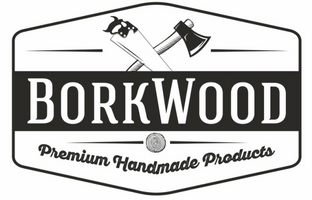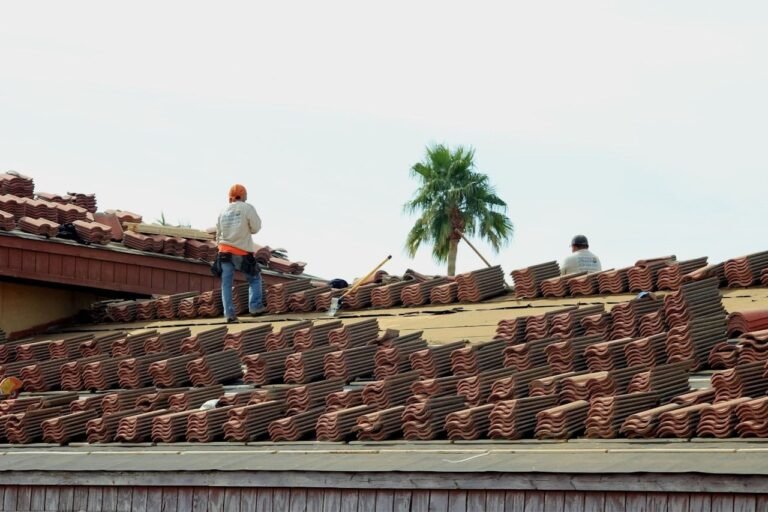How to Choose the Right Type of Roof Eave for Your Home
Different types of roof eaves—such as open, closed, or boxed eaves—offer various advantages and styles. Each type serves a unique purpose, whether it’s adding a decorative touch or enhancing the home’s weather resistance. By understanding the functions and benefits of each type, homeowners can make informed choices that enhance both the look and durability of their property.
One must consider the local climate and exposure to elements when selecting an eave style. For example, open eaves might be suitable in a dry climate but less effective in areas with heavy rainfall or snow. This choice can directly influence the home’s performance and maintenance needs, making it essential to align the eave style with both aesthetic preferences and practical requirements.
Understanding Roof Eave Functions
Roof eaves are crucial for both aesthetic value and functional benefits. They protect the home from various elements and impact energy efficiency.
Defining Roof Eaves
Roof eaves extend beyond the exterior walls of a house, providing a line of defense against rain, snow, and direct sunlight. They often include components like soffits, fascia, and gutters, which work together to channel water away from the walls and foundation. This prevents potential damage and helps maintain the structural integrity of the home over time.
Eaves come in various styles and lengths, each suited to different architectural designs and regional weather patterns. Some common types include open eaves, closed eaves, and boxed eaves. Each type serves different functional and aesthetic needs.
Read also: 10 Simple Tricks To Maintain Your Roof And Keep It Fresh
Importance of Proper Eave Design
Proper eave design is essential for effective moisture management. Eaves that extend sufficiently can prevent water from dripping close to the house, reducing the likelihood of mold and mildew formation. This not only protects the building materials but also improves indoor air quality.
Eaves also contribute to energy efficiency. They provide shade that helps reduce cooling costs during hot seasons. By blocking direct sunlight, eaves keep interior spaces cooler, reducing reliance on air conditioning.
Incorrectly designed or installed eaves can cause issues, including water damage, inefficient energy use, and structural weakening. Therefore, it’s critical to balance aesthetic preferences with functional requirements. You can learn more at https://pinnaclehomeimprovements.com/tennessee/nashville/roofing-contractor/.
Selecting the Right Eave Type
Selecting the appropriate eave for your home involves considering various styles, materials, aesthetics, and professional advice. The right choice depends on a balance between functionality, durability, and architectural harmony.
Box Eaves vs. Open Eaves
Box eaves create a clean and enclosed look. They hide rafters and provide extra protection against the elements, reducing the risk of pest intrusion and water damage. They also offer a streamlined appearance suitable for modern and contemporary designs.
Open eaves, on the other hand, expose the roof rafters. This style fosters better ventilation, which can reduce the risk of moisture build-up. It’s often found in traditional and rustic designs and can add character to the home’s exterior. The choice largely depends on the architectural style and practical needs of the homeowner.
Material Choices and Durability
Wood eaves offer a classic look but require regular maintenance to prevent issues like rot and pest damage. They can be stained or painted to match the home’s exterior.
Aluminum eaves are low-maintenance and resistant to rust and corrosion. They offer a sleek and contemporary appearance and are ideal for regions with heavy rainfall.
Vinyl eaves provide a durable and affordable option, requiring minimal upkeep. They are available in various colors and styles, fitting a range of home designs. Durability and maintenance needs are key factors in choosing the material.
Read also: Fladderak Roof Management
Aesthetic and Architectural Harmony
The eave type should complement the architectural style of the home. For instance, open eaves can emphasize the rustic charm of a Cape Cod or Craftsman home.
In contrast, box eaves suit modern, minimalist designs with clean lines. Matching the eave style with elements like window trims, roof type, and siding can enhance the home’s visual appeal. Ensuring harmony between the eave type and the home’s overall aesthetic is crucial for a cohesive look.
Professional Assessment and Recommendations
Consulting with a professional can provide tailored advice that considers local climate conditions, building codes, and specific design requirements. A professional can also offer insights into the best material choices and eave styles based on the home’s architectural features.
Hiring a contractor ensures proper installation, which is vital for the longevity and performance of the eaves. Professional recommendations can align the eave type with the homeowner’s preferences and the property’s unique needs.





